Honda Announces Electric Motorcycle Plans

Carbon neutrality by 2040
Honda announced plans for a carbon neutral future and a goal of introducing 10 or more electric motorcycles by 2025 including three mid-range models and a youth model for North America.
Until now, Honda has been very tentative when it comes to electrification, with its main focus being on developing swappable battery packs for electric two-wheelers. Its Japanese counterparts Yamaha and Kawasaki have outlined their own plans, while in North America, Harley-Davidson is days away from finalizing its LiveWire spin-off. Still, we’ve been waiting for the world’s largest motorcycle manufacturer to show its hand.
We now know what Honda has in the works, following a press briefing with Managing Officer Yoshishige Nomura and Director and Executive Vice President and Representative Executive Officer Kohei Takeuchi. The executives discussed Honda’s plan to be carbon neutral by 2040 through the advance of electric mobility and cleaner internal combustion engines.
By 2025, Honda plans to launch 10 electric motorcycles worldwide. This includes a mix of scooters (what Honda calls “Commuter EVs”), mopeds and electric bicycles (“Commuter EMs and EBs”), and “large-size” electric motorcycles (“Fun EVs”).
Honda has already made headway with Commuter EVs, launching its Benly e: and Gyro e: series business-use models in Asia. A fleet of e: models is already in use for mail delivery in Japan and Vietnam, with trials ongoing in Thailand.
By 2024 and 2025, Honda plans to introduce two new Commuter EV models for personal use in Asia, Europe and Japan. Honda is already working on establishing a swappable battery infrastructure, including working on an industry standard for Japan with Kawasaki, Suzuki and Yamaha, and internationally with KTM, Piaggio and Yamaha.
While swappable batteries do help mitigate issues such as long EV charging time, Honda says it is open to alternatives as technology advances. Eventually, Honda says it hopes to equip its electric motorcycles with all-solid-state batteries. The benefits of an all-solid state battery include higher energy storage density, increased reliability, and lower volatility.
In North America, when we think of electric motorcycles, we typically picture the likes of Zero or LiveWire. It’s easy to forget, however, that the overwhelming majority of electric two-wheel sales around the world are made of what Honda calls Commuter Electric Mopeds (EMs) and Electric Bicycles (EB), accounting for more than 90% of sales worldwide. Honda defines EMs as mopeds with a top speed between 25-50 kph (16-31 mph) while EBs are limited to a top speed of 25 kph (16 mph), and are not to be confused with electric-assist bicycles.
By 2024, Honda says it will introduce five “compact and affordable” EM and EB models in China, Asia, Europe and Japan.
For developed markets like North America, Europe, and Japan, Honda will introduced three “Fun EVs” by 2024 and 2025. An accompanying photo shows three models representing what appear to be a cruiser, a standard, and a maxi-scooter.
During the Q&A after the briefing, Honda refused to provide specific ICE-equivalent examples of what level of performance these Fun EVs will offer, except to say they will be “mid-range displacement sizes.” Honda says it will also introduce a fourth FUN EV youth model.
Honda says it hopes to reach annual sales of 1 million electric models by 2026, or about 5% of its overall sales. By 2030, Honda is targeting annual sales of 3.5 million units, or 15% of total sales. While those are some big numbers, they are also a reminder that Honda isn’t giving up on ICE motorcycles. Even if it reaches its goal of 3.5 million EVs, Honda still expects to sell almost 20 million ICE motorcycles a year by the end of this decade.
Honda says it will continue to work on reducing CO2 emissions from gas-burning motorcycles, while also expanding its use of alternatives such as gasoline-ethanol blends and e-fuels. There are already motorcycles on the market in Brazil that run on 100% ethanol (E100), and Honda plans to bring more E20 (20% ethanol, 80% gasoline) blend flex-fuel models in 2023 and more E100 models in 2025.
Become a Motorcycle.com insider. Get the latest motorcycle news first by subscribing to our newsletter here.

Dennis has been a part of the Motorcycle.com team since 2008, and through his tenure, has developed a firm grasp of industry trends, and a solid sense of what's to come. A bloodhound when it comes to tracking information on new motorcycles, if there's a new model on the horizon, you'll probably hear about it from him first.
More by Dennis Chung



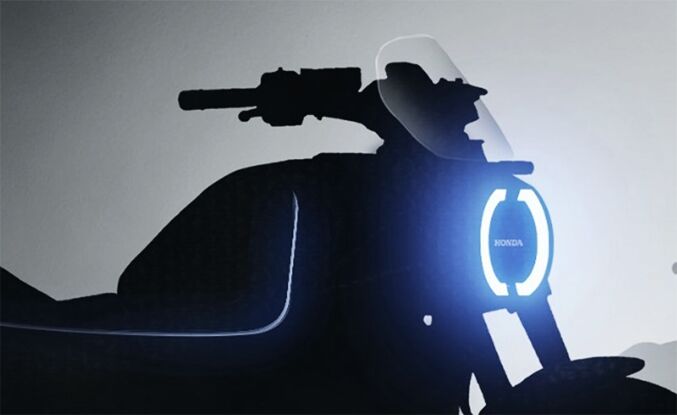
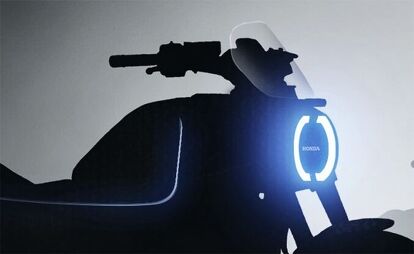




















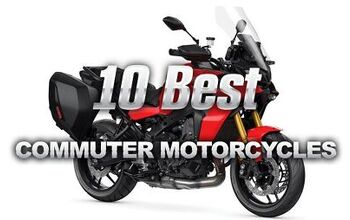


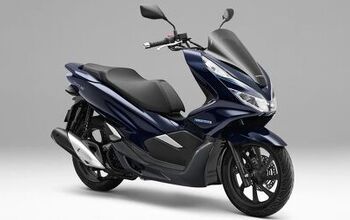
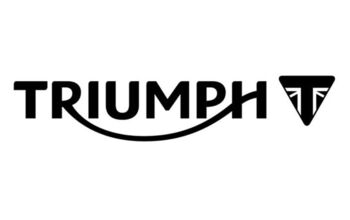

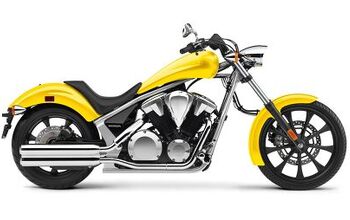











Comments
Join the conversation
Great news! They dominated the Isle. of Man TT Zero for several years so they know how to make a powerful electric motorcycle. Glad they are going for carbon neutrality 10 years before the IPCC stated we all have to hit it!
So nothing useful in the US. Just more toys. Honda is soooo far behind the smaller guys - playing it so safe they won't know the market is gone to new competitors until it's too late. I suppose the problem is their US dealers - only used to selling big bikes with big profit margins. Gogoro and the like will murder them